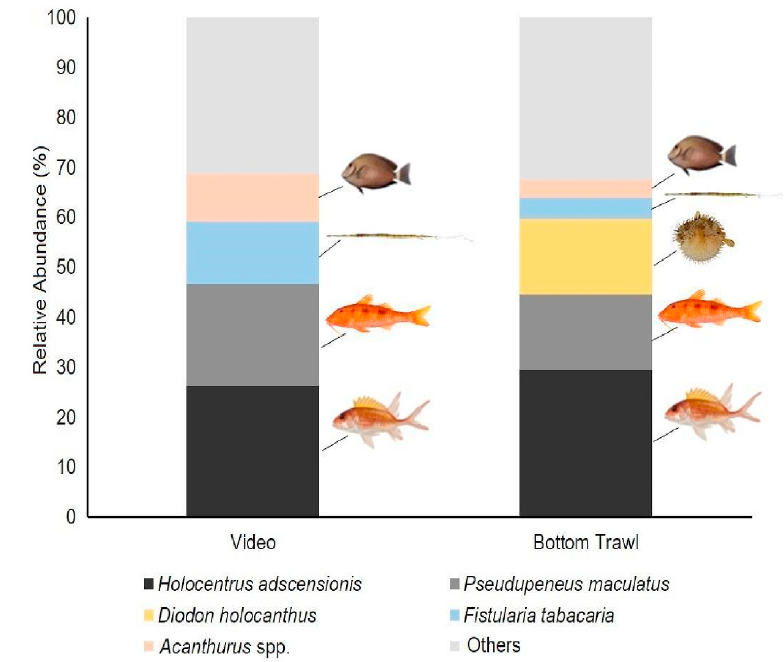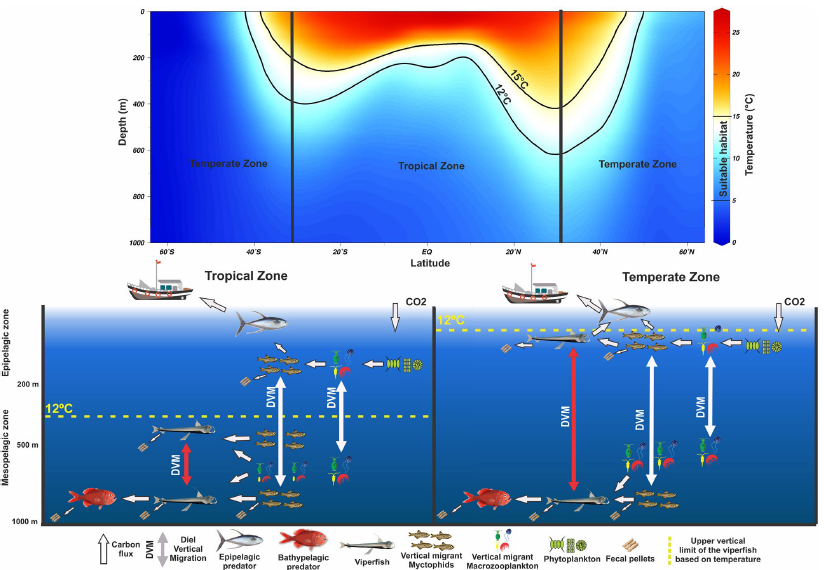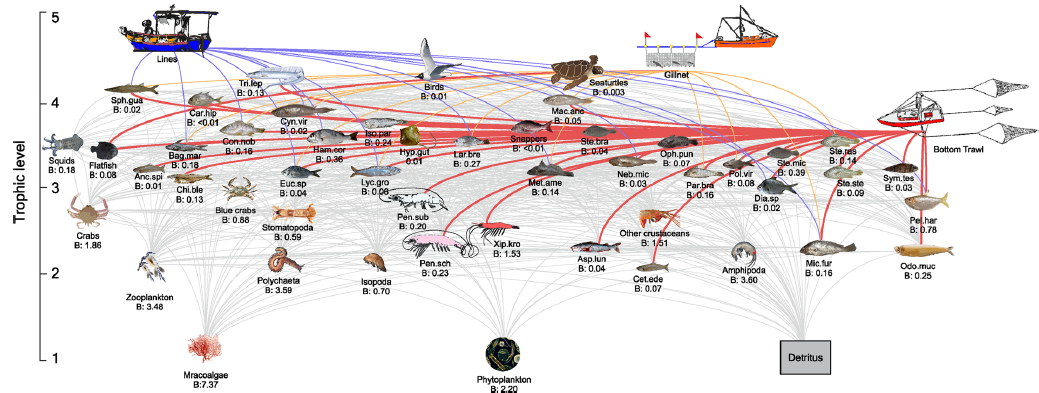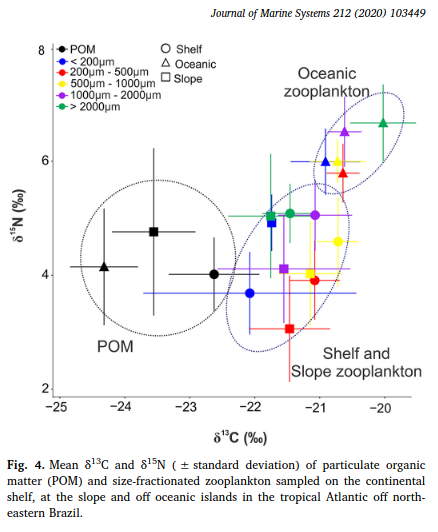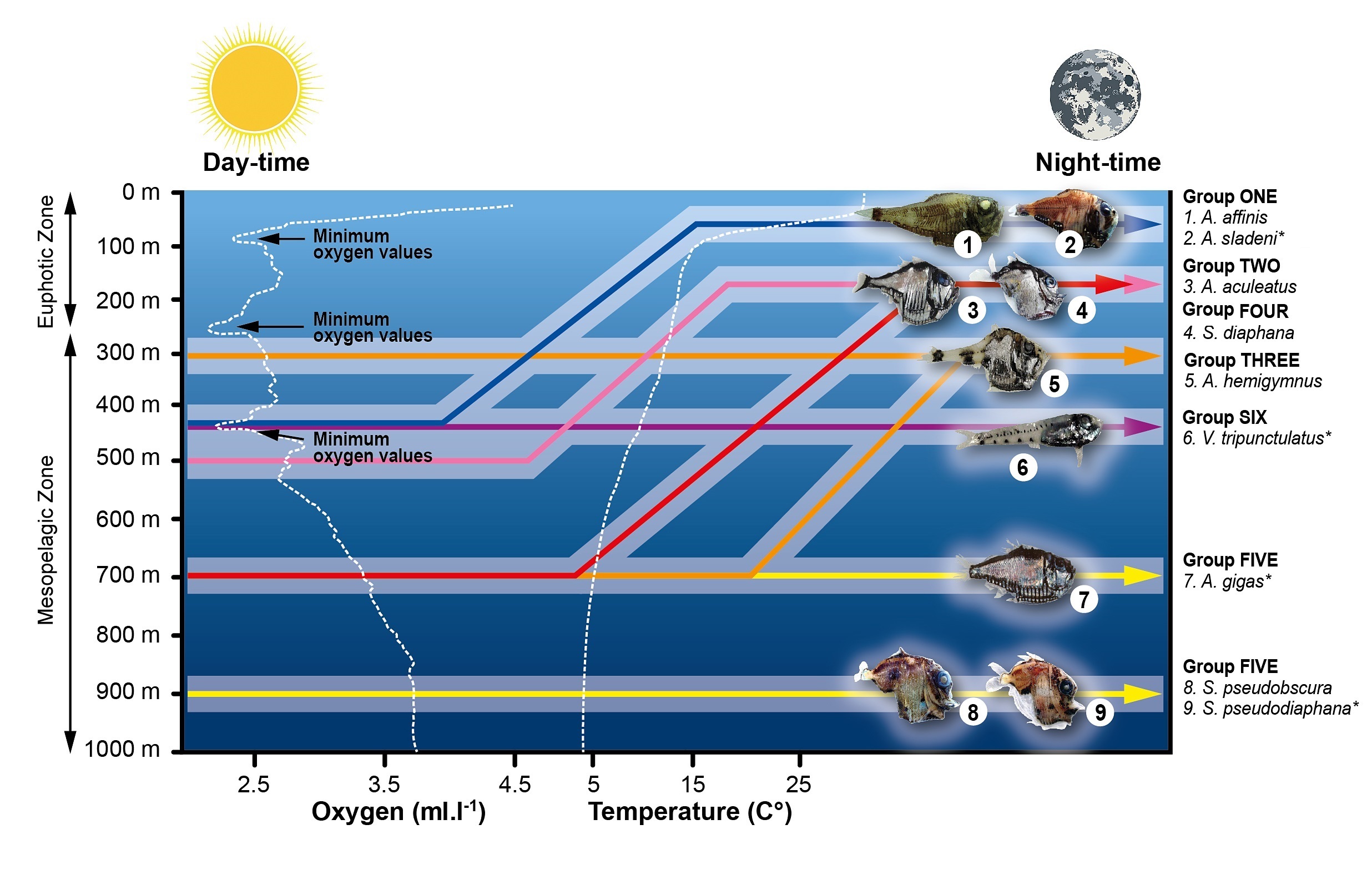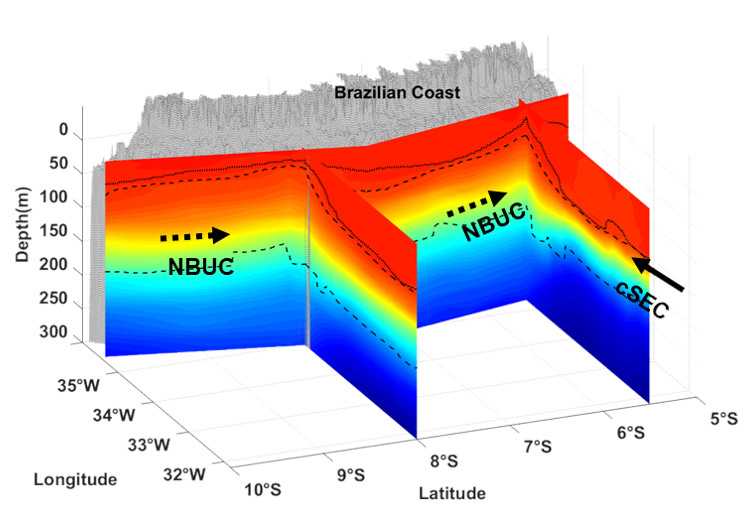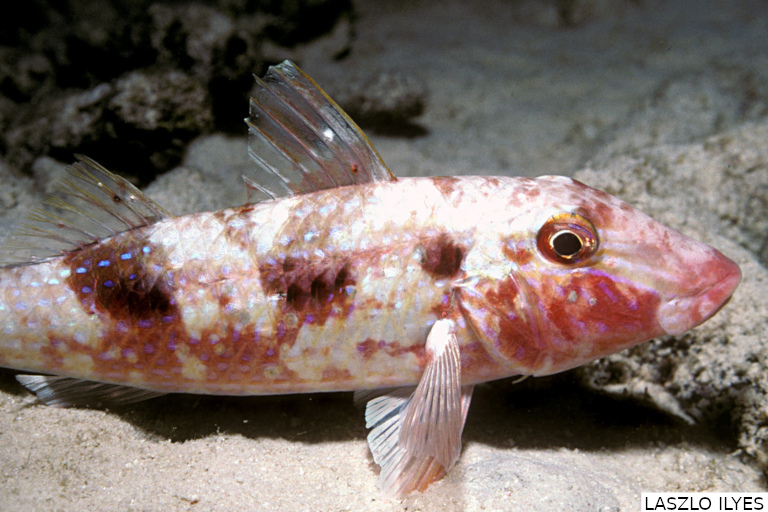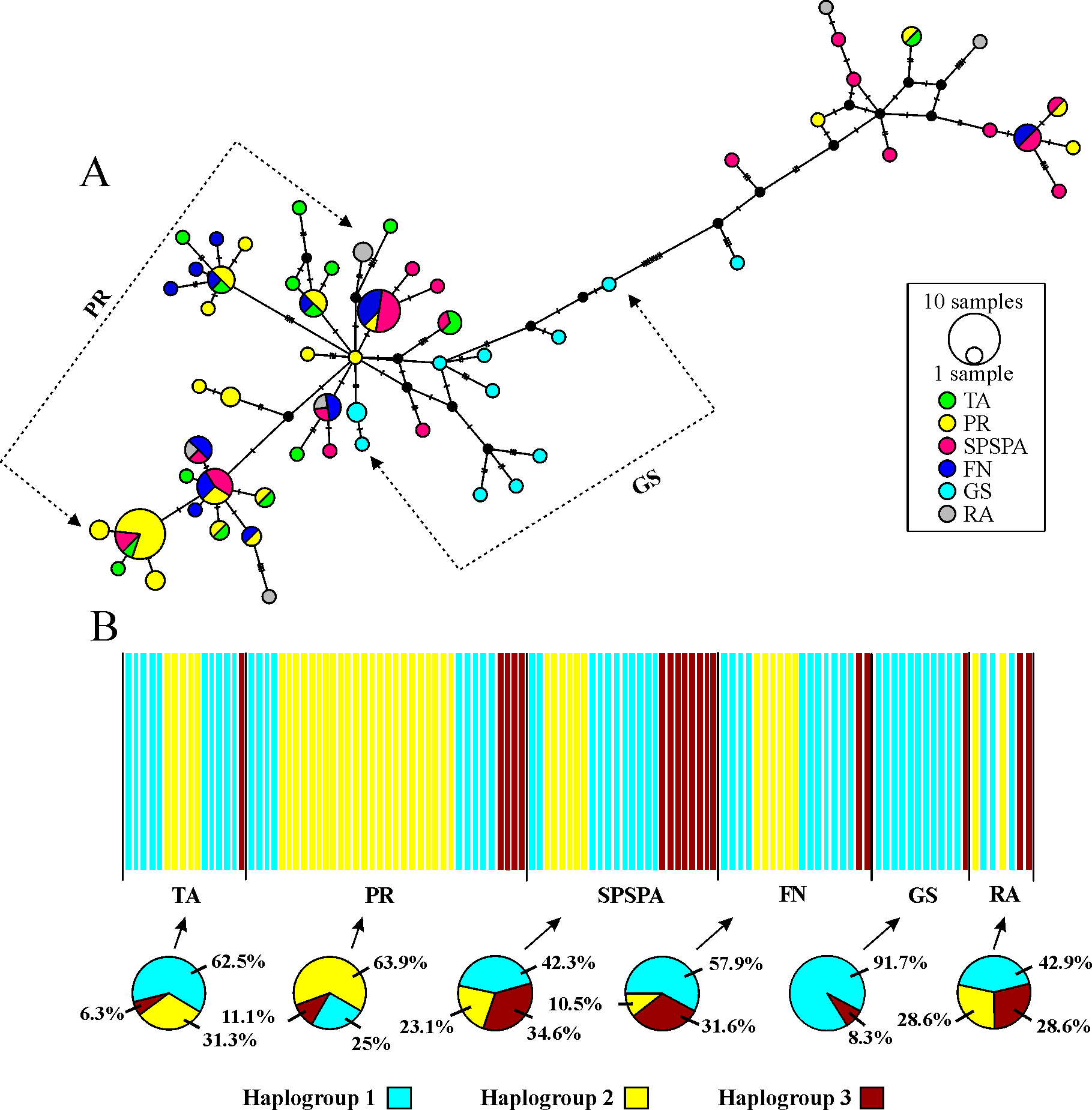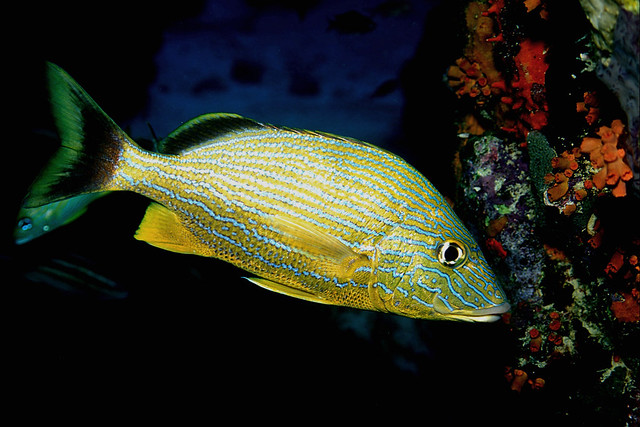Bottom trawling is a common fisheries method and also a widespread scientific sampling method for benthic and demersal species. Selectivity and catchability are usually estimated
Mesopelagic fishes are numerically the most important vertebrate group of all world’s oceans. While these species are increasingly threatened by anthropogenic activities, basic biological knowledge
Global shrimp catches are reported primarily in association with large industrial trawling, but they also occur through small-scale fishing, which plays a substantial role in
Size-based approaches are paramount tools for the study of marine food webs. Here, we investigated the re-lationship between zooplankton body size, stable isotope composition and
The teleconnection between the Atlantic Niño and the Pacific El Niño Southern Oscillation (ENSO) is revisited using observational and reanalysis data for the 1905–2014 period.
Species of the family Sternoptychidae (hatchetfishes) occur worldwide and play critical roles by sequestering carbon, recycling nutrients, and acting as a key trophic link between
The dynamic of the thermohaline structure of the upper ocean, which depends on ocean–atmosphere interactions, drives most near surface oceanic processes, including the control of
The spotted goatfish, Pseudupeneus maculatus, is an important fish resource of northeast Brazil, being also a crucial component of the biodiversity. This fish is also
The phylogeography of the holoplanktonic chaetognath Flaccisagitta enflata was investigated in the Tropical Western Atlantic (TWA). Considering the cosmopolitan range of this species and the
Highlights Haemulidae are broadly distributed through Northeast coast of Brazil due to the complex habitat presents in this region. H. plumierii, H. aurolineatum and H.



